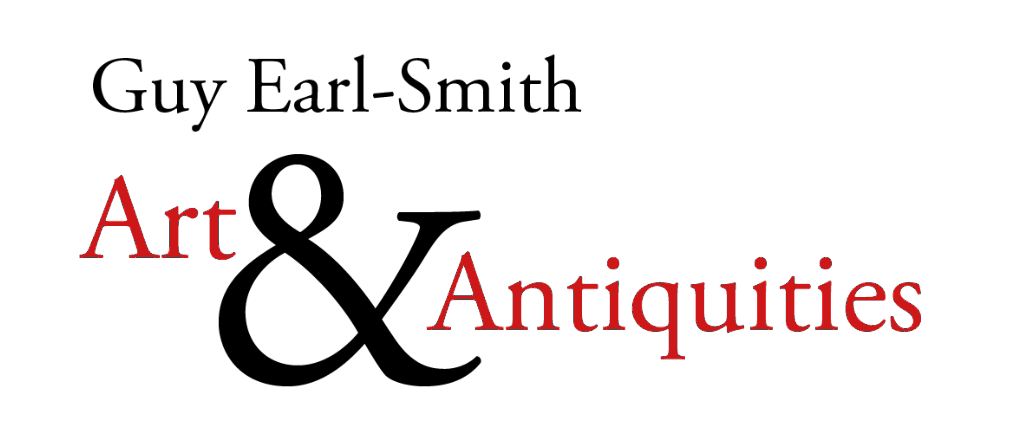Collector's Notebook: The Indus Valley
/Dating from c.6th millennium BC on the Northwest frontier of India, lies the Indus Valley, home to one of the three Old World civilisations, the other two of which were Egypt and Mesopotamia. Covering an area of 800,000 square kilometres, and with up to 5 million inhabitants, it was the most widespread of these three civilisations and was located along two of the great rivers of Asia, the Indus and, the now dry, Sarasvati.
Archaeologists including MS Vats, in the 1920s and Mortimer Wheeler in the 1940s, have identified over 1000 towns, only about 100 of which have been excavated to date. Larger urban centres such as Harappa, located in what is now Punjab in Pakistan, contained grand public architecture and given the complexity of planning, there was clearly an administrative structure to the society that built structures such as dockyards, granaries, warehouses, and protective city walls. However, quite unlike in the other two Old World civilisations, the architecture of the region seems to have been far more functional, as they appear not to have built large monumental structures – such as the pyramids.
As well as the urban structures, other aspects of the Indus civilisation would have been extremely familiar to us in the 21st century, particularly that they were one of the first civilisations to develop a uniform system of weights and measures, with weight based on a metric system.
One of the more familiar artefacts found in the region is the fine-grained earthenware pottery. This was ochre-coloured and often highly decorated, usually with black outlines, then sometimes with an in-fill of red, yellow, white, and blue pigment. The patterns were often geometric and depicted a variety of animals including fish, birds, cows, goats, antelopes, and lions.
As well as pots, clay idols and animal figures are also characteristic, some of which are solid, others have hollow bodies to avoid them bursting during firing. Much like the depictions on the pots, animal figures included bulls, pumas, birds, rams, goats, and fish.
And what does their script tell us about them and their world? At present this remains a mystery. We have no Rosetta Stone for the Indus people and their language, however, some small steps forward are being made and with only 10 percent of the area excavated, it may not be too far off before we hear from these ancient people more directly.
Guy Earl-Smith Art & Antiquities
Australia’s only boutique antiquities and tribal art auction house.
Since 2000 A.D.
We run several auctions annually. To consign works of art for an auction please contact us on the addresses below.
Contacts
Guy Earl-Smith
Tel. +61 2 9326 1028 or +61 421 476 848
guy@guyearlsmith.com.au
or
David Longfield
Tel. +61 410 519 685
www.guyearlsmith.com.au


